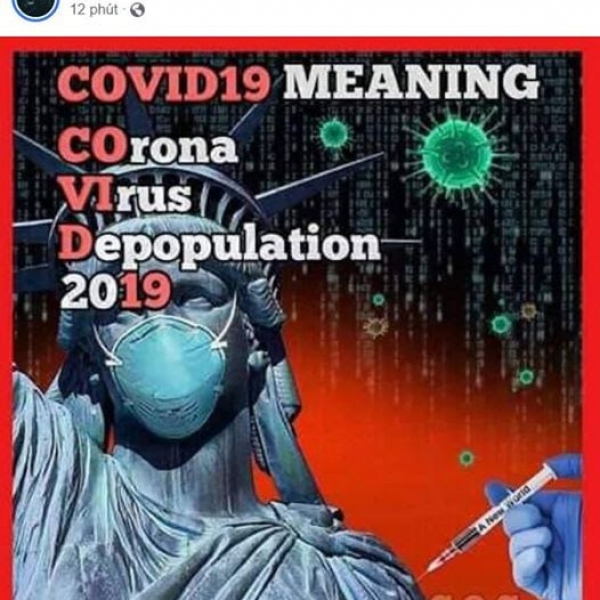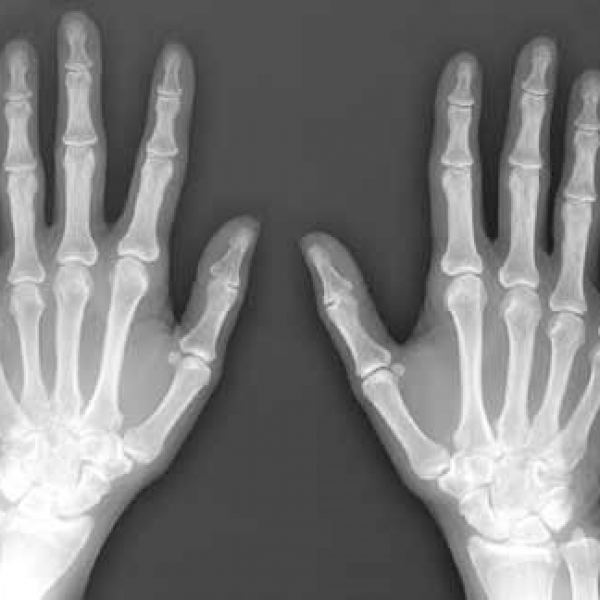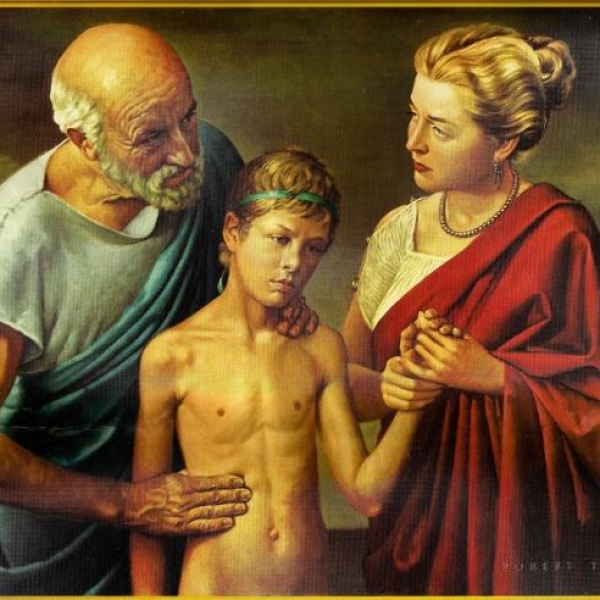Having first met Susan Potter and heard her express her wish to donate her body to the Existing Human Project, Dr. Victor Spitzer, professor of cell and biological development at Colorado Anschutz Medical College (USA), is not much care.
"She said she had many illnesses and wanted to help with medicine," Dr Spitzer told ABC News. "I replied that we teach anatomy on non-sick bodies. She is not what we were looking for."
It was 2000. At the age of 72, Susan Potter underwent 26 surgeries and was in a wheelchair. She has been diagnosed with melanoma, breast cancer, diabetes and many other ailments. Potter also had a car accident that resulted in a serious neck injury.
 |
|
Susan Potter has many illnesses but still wants to donate her body to medicine. Photo: National Geographic. |
Through the press, Potter learned of the Visible Human Project and decided to participate. Funded by the National Library of Medicine, this project digitizes real human bodies for the purpose of teaching anatomy and physiology to medical students.
Dr. Spitzer, working on The Existing People Project, told Potter that it's over. However, the old woman persevered. One day, Dr. Spitzer realized that physicians primarily work with patients and that Potter could be a valuable "book".
"Our goal is that at some point, you will have enough bodies on an 'e-bookshelf' to get the best fit whenever a pathological simulation or surgical method is needed," said Dr. Spitzer. solution.
For this reason, Dr. Spitzer agrees with Potter's wishes. However, the woman must accept being watched for the rest of her life.
To recount this particular story, Dr. Spitzer contacted National Geographic's photo editor Kurt Mulcher. Initially, Dr. Spitzer believed Potter lasted only one more year, but in the end she lived another 15 years.
"Great story retelling time and this is a great example," said editor Mulcher. According to a suggestion from National Geographic, all photographs related to Potter are processed into black and white images, especially the image of her body on the computer is color.
During the last 15 years of his life, Potter regularly met with medical students to talk about the importance of compassion. Many students stick with Potter from the day they enter school until graduation and form "Team Susan".
At 5:15 am, February 16, 2015, Potter breathed his last at the age of 87 due to pneumonia. Her body was coated with polyvinyl alcohol and then frozen at minus 23 degrees Celsius.
 |
|
Susan Potter's body after two years of freezing. Photo: National Geographic. |
Two years later, Dr. Spitzer and his assistant began the process of digitizing Potter's body. In March 2017, they cut the body into four parts. Any debris left on the saw or falling around is sufficiently collected for cremation.
In April 2017, the research team proceeded to cut Potter's body into 27,000 layers. During this 60-day process, Dr. Spitzer played classical music regularly, according to the wishes of Potter's childhood.
In December 2018, Potter's head and body were reconstructed on a computer from 6,900 digital photos.
"Somehow, she was reborn in a virtual world," said Mr Mulcher. "From an artistic perspective, this marked a transition from one life to another."
 |
|
Susan Potter "resurrected" on the computer. Image: Vic Spitzer, John Magby, Rachel Klaus, Touch of Life Technologies. |
Not only digitizing Potter's body, Dr. Spitzer also wanted to record Potter's thoughts and behavior so that medical students could understand the suffering and reasons for choosing to donate precisely through the character's words.
"Listening directly to Potter talking about her body, her emotions and the things that upset her will create new motivation. You not only learn about anatomy or physiology, but also about humanity," said Dr. Spitzer. to speak.
Currently, the process of digitizing Potter's body continues. In 2002, she declared "wanting to help the younger generation become better doctors" and now this wish has gradually come true.
According to VNEXPRESS


















